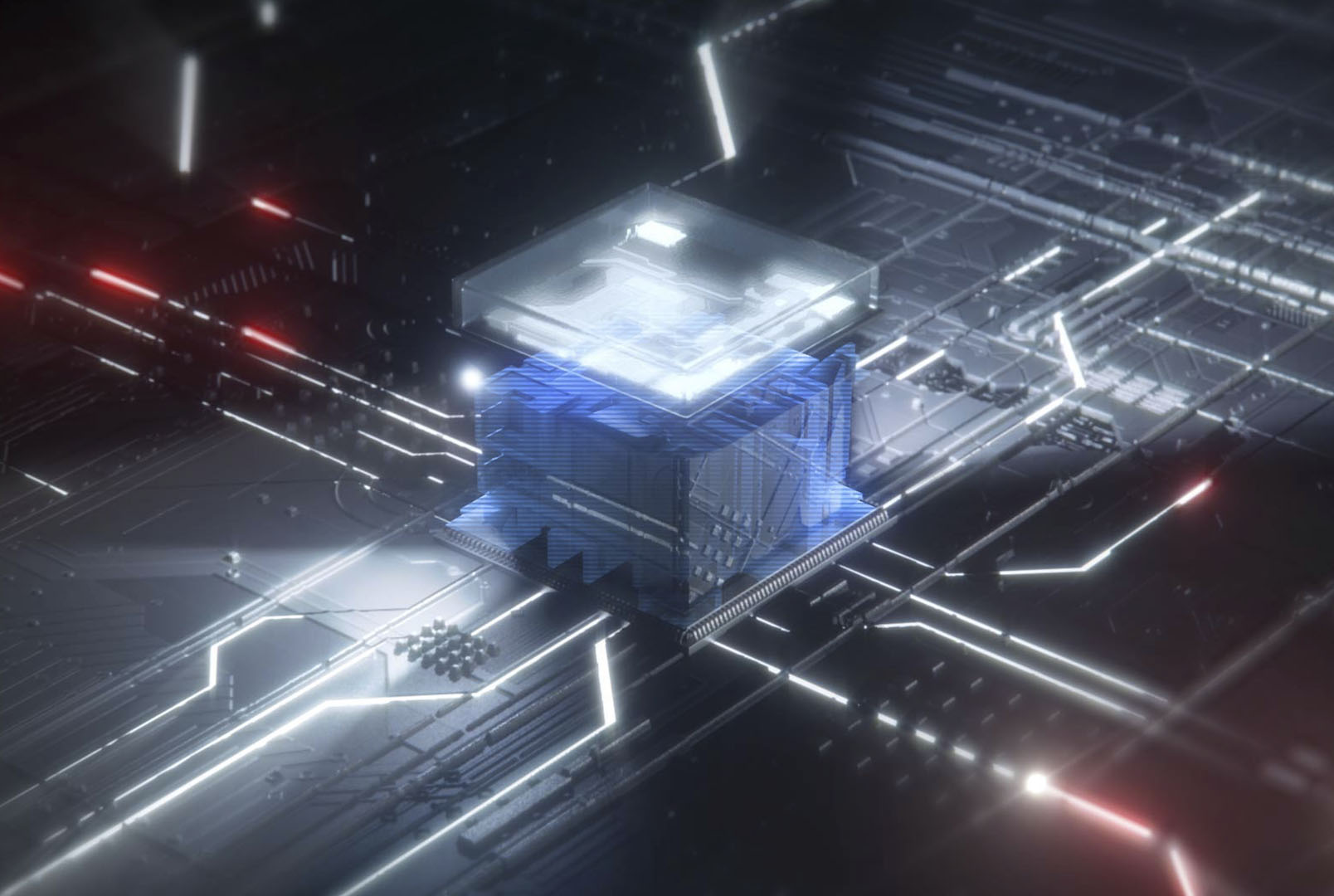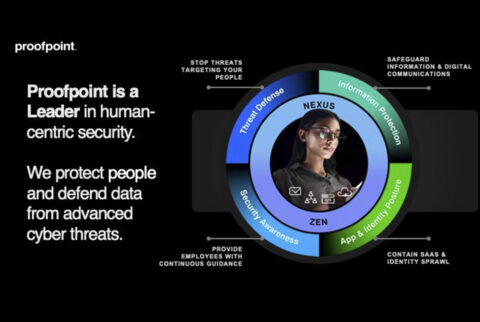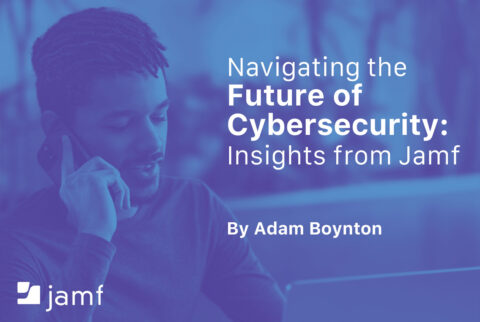Everything you need to know about cybersecurity in 2025
As technology continues to evolve, so do the threats in the digital world. With organizations increasingly relying on cloud services and remote work, cybersecurity has become more critical than ever. This article breaks down the key developments and considerations for cybersecurity in 2025.
Hybrid work and its security challenges
The shift to hybrid work has reshaped the security landscape. Employees now connect to company systems friom a variety of locations — home, cafés, or on the move. This flexibility brings convenience, but also increases potential vulnerabilities. Devices used outside the secure office network, known as endpoints, need to be properly protected to prevent breaches.
Zero trust: the new standard
The Zero Trust model has become essential in a world where traditional perimeter-based security is no longer sufficient. The core principle: “Never trust, always verify.” This means continuous authentication and monitoring of all users and devices, no matter where they are.
Key components of Zero Trust include:
- Passwordless multifactor authentication to strengthen identity verification
- Securing the supply chain, ensuring that all hardware and software used meets safety standards
- Device tracking and protection in case of loss or theft
- Proactive filtering of malicious links and files, which remain one of the most common attack vectors
The human factor: still the weakest link
Despite advancements in technology, human error continues to be a leading cause of security incidents. From clicking on phishing emails to using weak passwords, users can unintentionally open the door to attackers. That’s why regular cybersecurity training and awareness programs are essential.
However, training alone isn’t enough. Organizations should deploy intelligent tools that protect users in real time — even when mistakes happen.
New regulations are raising the bar
Cybersecurity compliance is becoming stricter, with new European laws set to take effect:
- NIS2 directive: Requires businesses to not only secure their own operations but also ensure their suppliers meet security standards.
- DORA and the Cyber Resilience Act: Demand higher levels of digital resilience and require quick reporting of incidents.
These rules apply to a wide range of organizations — including small and mid-sized companies — meaning even businesses without a dedicated IT team must prepare and invest in cybersecurity.
Business continuity and preparedness
Cyberattacks are not a matter of “if,” but “when.” The ability to recover quickly from an incident is just as important as preventing one. A solid incident response and disaster recovery plan ensures that operations can resume with minimal downtime and impact.
Companies that plan ahead are better equipped to protect their reputation and maintain customer trust, even in the face of a crisis.
Cybersecurity is a shared responsibility
No company operates in isolation. Even organizations with robust security can be compromised through weak links in their network of partners or vendors. That’s why collaboration and information sharing are key.
By working together — exchanging threat intelligence and best practices — companies can strengthen their collective defenses against evolving cyber risks.
Looking ahead: AI and future threats
Emerging technologies bring new opportunities but also new threats. Artificial intelligence is already being used on both sides — by cybersecurity teams and cybercriminals. Meanwhile, developments in quantum computing and encryption are set to transform how we secure data.
To stay ahead, businesses must be agile and proactive, continuously evaluating new tools and strategies to keep their systems safe.
In 2025, cybersecurity is more than just a technical issue — it’s a business imperative. By understanding current trends and preparing for what’s ahead, organizations can build a stronger, more resilient digital foundation.












